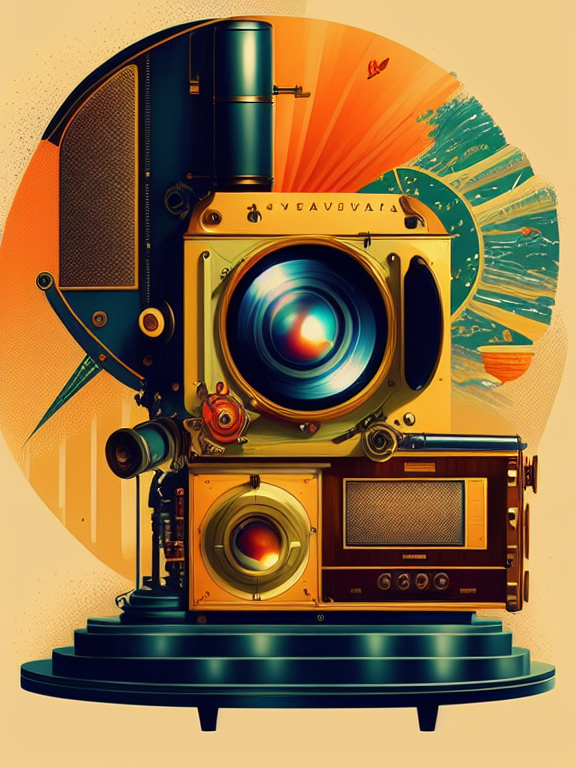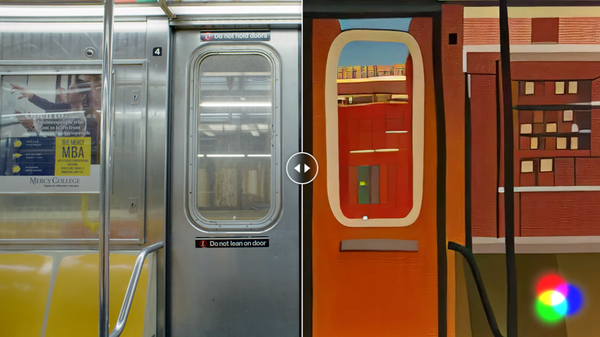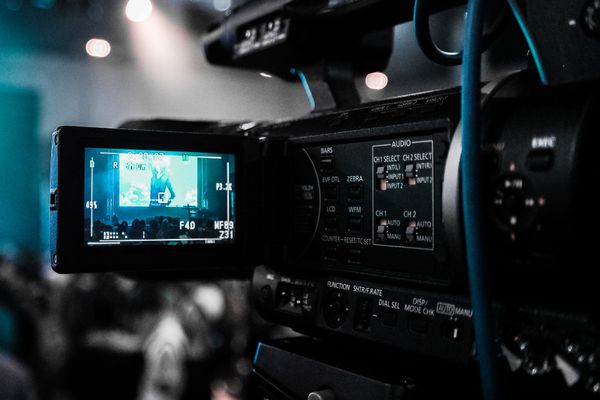As much as there are people who will tell you to always use 24fps for a cinematic look, the truth is, the definition of what makes a film look cinematic varies, and maybe you're aiming for something different! Frame rate is as much a creative choice as color, contrast and shutter speed. Let's take a look at the most important frame rates and their use cases.
12fps (or less)
12fps is the MVP of frame rates: Below 10-12fps, your brain likely won't perceive the scene as motion. You should use 12fps or less if you're aiming for a stop motion look, like this one:
24fps
While 12 is the minimum viable, 24 is the minimum acceptable frame rate. For no good reason in particular, it's still today's standard for motion picture images. 24fps is barely enough to create acceptable motion, while at the same time, subconsciously your brain understands that what you are looking at is not real. The sad truth is that we're bound by habit – we've been watching 24fps more more than a hundred years, so we automatically associate 24fps with high profile motion pictures.
24fps is therefore a good choice if you're aiming for the nostalgic "film look" moviegoers are used to, and is especially relevant if all you care for is your narrative. Movies at 24fps are shot with a wider shutter angle, so backgrounds are naturally more blurred and less distracting. This highlights the foreground action.
30fps
Use 30fps as a substitute for 24fps for any online video, and video that needs to look great on computer screens, phones and tablets. Those devices cannot adapt their refresh rate to the frame rate, resulting in heavy judder/stuttering for 24fps videos. Those screens usually refresh 60 times a second (my advice: Don't ever use 24fps. It's not worth it. We live in a world where most media is consumed on devices that have a fixed refresh rate of 60Hz).
48fps
Use for the same reasons as 60fps (see below), but only if all you care about is projection on movie projectors, for the same reasons mentioned above at 30: You can't evenly divide 60 by 48, resulting in stuttering.
60fps
When in doubt, use 60fps.
60fps produces crystal clear imagery with smooth motion, all while syncing with the refresh rate of all modern viewing devices. At 24fps, filmmakers have to make a choice between a crisp, detailed picture that stutters and a smoother picture that is blurry. They also limit themselves on how fast camera pans and fast movements can be filmed. With 60fps, you don't have you follow these rules.
It's true that 60fps looks more "real" than 24, so a fantastic, magical setting might not be ideal. And due to the lack of motion blur, the eye will wander around the screen in scenes that have everything in focus (greater depth of field). Of course, this can be easily solved: Just shoot with a lower depth of field (producing a much nicer, natural blur than motion blur)!
Summary
There's no one true frame rate for all your needs. Art is as much about limitation than about breaking barriers. But 60 is truly the easiest to work with, perfect for the digital age and buttery smooth. When in doubt, choose 60.






